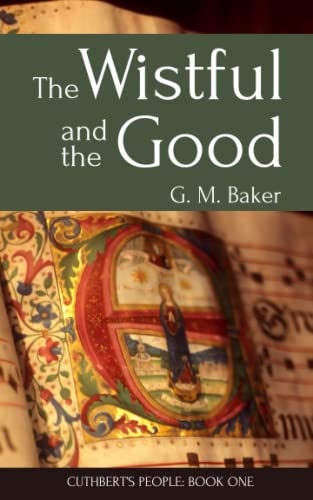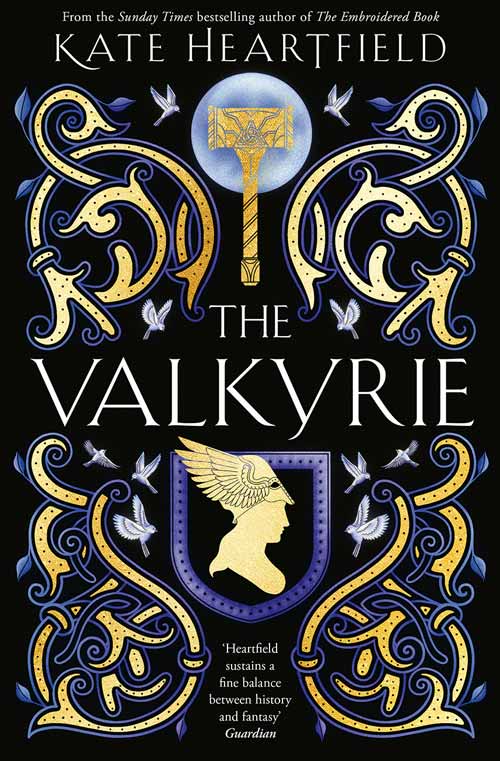The Wistful and the Good (Cuthbert’s People)
Northumbria, 793: A thegn’s daughter, fifteen-year-old Elswyth, has been betrothed since infancy to Drefan, ealdorman of Bamburgh. Much depends on that marriage, including the prospects of Elswyth’s sisters and the freedom of her mother’s relatives from bondage. But beautiful Elswyth is restless, somewhat hoydenish, not skilled in the domestic arts expected of her, though she proves to be an effective peaceweaver. She dreams of travel, looking out to sea, for she ‘loved the young men who sailed in ships, with their strange voices, their hard, strong hands, their red sea-weathered faces, their sheepskin jackets stiff with salt and smelling of both land and sea and the marriage of both.’ When a Norsk cargo ship sales into the harbour, these plans are threatened; Leif is desperate to raise the ransom that will free his father by selling a cargo of fine illuminated manuscripts. Drefan accuses Leif of having plundered the books from the monks on Lindisfarne, but that is not his principal reason for resenting him.
Baker has been thorough in his research, including the fascinating process of how to make ink from soot. In the historical notes he provides at the end of his novel, he is clear about what is supposition and what is likely historical fact. His prose is almost voluptuously rich, though sometimes an authorial voice intrudes, as in ‘Every death is unbelievable. No matter how many times one gazes on a corpse, the wonder of it never abates…’ Elswyth knows what is expected of her but is less clear about what she wants or feels, meaning that sometimes she comes across as insufficiently invested in either man. However, the rivalry between the two men leads to a violent climax and a future for Elswyth she could not have imagined.










